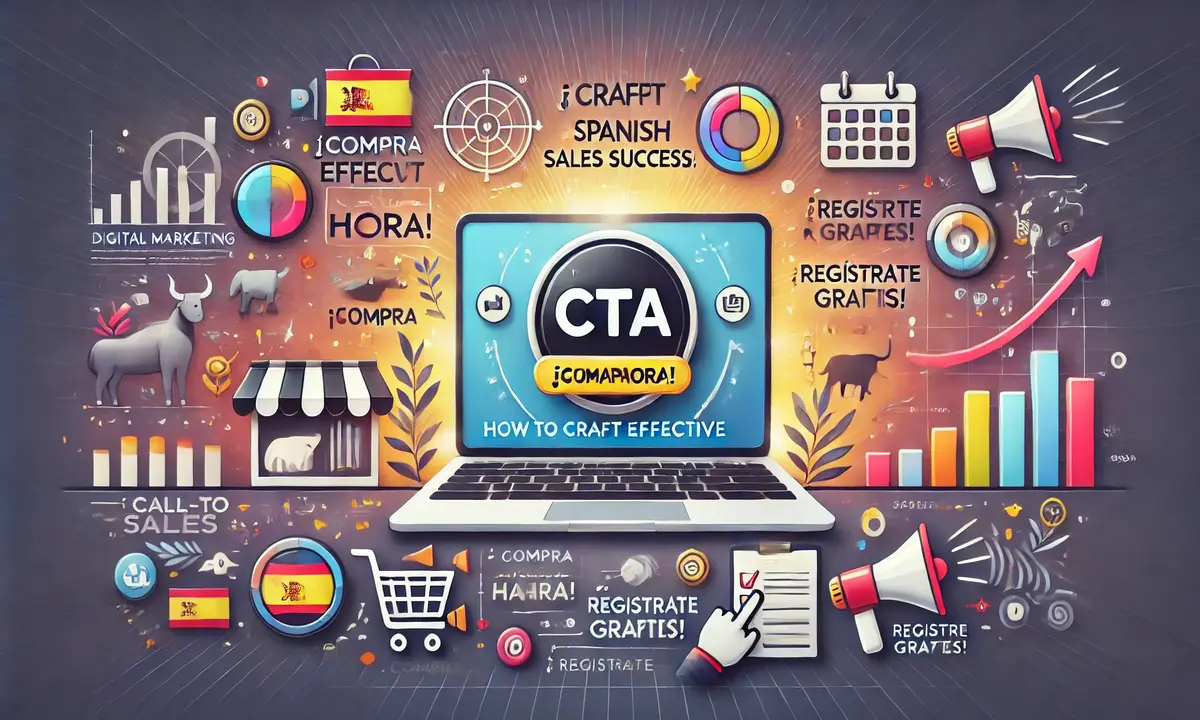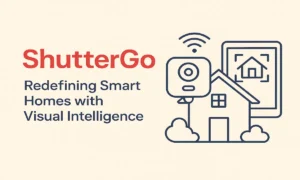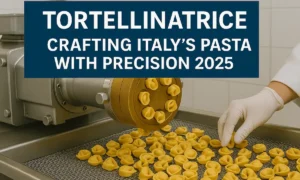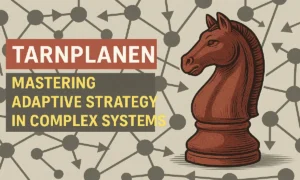In today’s competitive market, crafting an effective Call to Action (CTA) is crucial, especially for Spanish-speaking customers. A well-designed CTA can turn interested prospects into loyal buyers.
However, many salespeople struggle with creating CTAs that resonate with their Spanish-speaking audience. In this article, we will explore the importance of CTAs, how to tailor them to Spanish consumers, and offer practical tips to improve your sales.
Whether you’re selling products online or face-to-face, this guide will help you master the art of crafting compelling CTAs that drive results. Lets dive in!
Understanding the Power of CTAs in Spanish Sales
A Call to Action (CTA) is a prompt that encourages customers to take specific actions. It could be as simple as “Buy Now” or “Contact Us Today.” However, crafting a CTA for Spanish buyers requires understanding cultural nuances and language preferences.
Effective CTAs not only drive sales but also establish trust and engagement. When designed right, CTAs can increase conversion rates, build strong relationships, and guide potential customers through the purchasing process.
Why Do CTAs Matter in Sales?
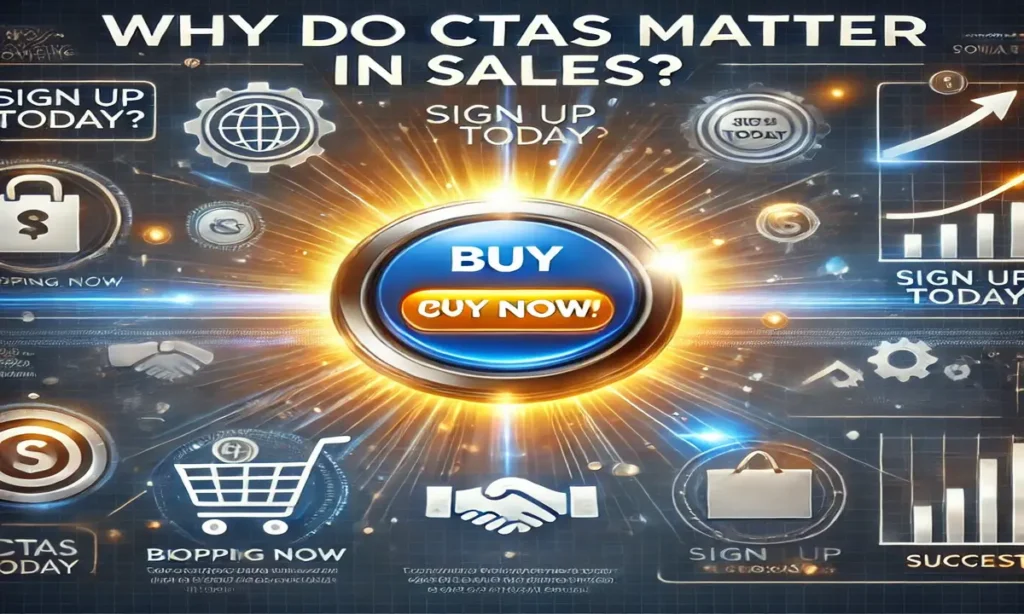
CTAs are more than just prompts; they guide the customer journey. An effective CTA helps you stand out in the competitive Spanish market, urging buyers to take immediate action.
Without a well-designed CTA, potential customers may become confused or unsure about the next step, leading to missed opportunities. For Spanish salespeople, it’s important to craft CTAs that feel personal and relevant to the audience.
By doing so, you increase the likelihood of turning interest into action.
Tailoring CTAs for the Spanish Market
When selling in Spain or to Spanish speakers globally, it’s vital to tailor CTAs to the local culture and language. Spanish customers appreciate a more personal and warm approach.
Unlike the often direct and urgent calls to action in other cultures, Spanish-speaking buyers tend to respond better to CTAs that reflect respect and trust.
For example, phrases like “Vamos a hablar” (Let’s talk) or “Descubre más” (Discover more) engage them without being too forceful.
Common Mistakes to Avoid in Spanish CTAs
To ensure your CTAs work effectively, it’s important to avoid several common mistakes. First, avoid overly complex language or unclear instructions. A CTA should be simple, direct, and actionable. Secondly, don’t ignore the cultural differences.
For instance, using aggressive or high-pressure language may alienate Spanish buyers. Instead, opt for CTAs that build a relationship or evoke curiosity, such as “Hablemos hoy” (Let’s talk today).
Lastly, failing to incorporate urgency can lead to missed opportunities. Adding phrases like “¡Compra ahora!” (Buy now) or “Últimas unidades” (Last units available) can trigger quicker responses.
Examples of Effective CTAs for Spanish Salespeople
Let’s look at some examples of CTAs that have worked well in the Spanish market:
- “Compra ahora” (Buy now) – A clear and straightforward CTA that pushes for immediate action.
- “Solicita tu muestra gratis” (Request your free sample) – Encourages potential buyers to take action by offering something valuable.
- “Últimas unidades disponibles” (Last units available) – Creates urgency, pushing customers to act quickly.
- “Hablemos hoy” (Let’s talk today) – Engages the customer on a personal level, making them feel valued and inviting communication.
Using Emotion to Drive Action
Emotions play a key role in motivating customers to act. CTAs that evoke feelings of urgency, excitement, or curiosity are more likely to generate conversions.
For example, phrases like “No dejes pasar esta oferta” (Don’t miss this offer) or “Compra antes de que se agoten” (Buy before they’re gone) create a sense of scarcity and urgency.
Using emotional triggers such as FOMO (Fear of Missing Out) can push customers to make decisions faster.
How to Optimize CTAs for Mobile Devices
With more people shopping on mobile devices, it’s important to optimize your CTAs for smaller screens. CTAs should be visually appealing, easy to read, and easy to click on.
Keep the text short and to the point, and ensure the button is large enough to be clicked easily. For example, “Compra ya” (Buy now) works well as a concise and effective CTA on mobile.
Testing and Refining Your CTAs
The key to improving your CTAs lies in testing and refinement. You should test different versions of your CTA to see which one performs best.
A/B testing, where you compare two versions of a CTA, is a great way to understand which wording, design, or urgency triggers work most effectively. Over time, you can refine your CTAs based on customer feedback and data to maximize their performance.
Best Practices for Writing CTAs
To write effective CTAs for Spanish salespeople, follow these best practices:
- Keep it short and simple – CTAs should be easy to understand at a glance. Avoid jargon and make sure the action is clear.
- Make it personal – Using personal pronouns like “tú” (you) can help create a connection with the customer.
- Use action verbs – Words like “compra” (buy), “solicita” (request), and “descubre” (discover) motivate customers to take action.
- Create a sense of urgency – Urgency words like “ahora” (now) or “última oportunidad” (last chance) can encourage immediate action.
Integrating CTAs in the Sales Funnel
CTAs should not be limited to the final stages of the sales funnel. You should strategically place CTAs throughout the entire customer journey.
At the top of the funnel, you might use CTAs like “Descubre más” (Discover more) to pique interest. In the middle stages, you might offer a free consultation or a special offer with CTAs like “Solicita tu muestra gratis” (Request your free sample).
At the bottom of the funnel, use more urgent CTAs like “Compra ahora” (Buy now) to drive conversions.
Why Spanish CTAs Need Cultural Sensitivity
Cultural sensitivity is a major factor in crafting effective CTAs. Spanish-speaking customers from different regions may have varying preferences, so it’s important to be mindful of their local dialects and traditions.
For instance, a CTA that works in Spain might not be as effective in Latin America. Be sure to localize your CTAs based on the specific Spanish-speaking audience you are targeting.
Measuring CTA Effectiveness
To know if your CTAs are working, you need to track their performance. Key metrics to watch include conversion rates, click-through rates, and sales figures.
Tools like Google Analytics can help you measure the success of your CTAs and determine where to make adjustments.
If a CTA isn’t performing well, test new variations or try adjusting the wording, design, or placement.
Conclusion
Creating effective CTAs for Spanish-speaking customers requires more than just translating English phrases. It’s about understanding cultural nuances, evoking emotions, and crafting messages that resonate with your audience.
By following the tips and examples in this article, you can create CTAs that drive engagement, boost sales, and build lasting relationships with Spanish-speaking customers.
Don’t forget to test and refine your CTAs over time to continuously improve your sales performance.
FAQ’s
What is a CTA?
A Call-to-Action (CTA) is a prompt that encourages users to take a specific action, such as making a purchase, signing up, or requesting more information.
Why are CTAs crucial for sales?
CTAs are crucial because they guide potential customers through the sales process, prompting them to take the next step and make a purchase or engage with your business.
How can I craft compelling CTAs for Spanish-speaking salespeople?
To craft compelling CTAs, use persuasive language that speaks to your audience’s needs, create a sense of urgency, and incorporate Spanish cultural references and phrases that resonate with the target market.
How do I adapt CTAs to Spanish cultural nuances?
Consider regional differences in language and tone, and use local expressions or idioms to make your CTA feel more relatable and personal. Focus on building trust and relationships rather than being overly pushy.
How do I optimize CTAs for mobile devices?
Make sure your CTAs are mobile-friendly by keeping the text short, using large, clickable buttons, and ensuring the CTA is easy to navigate on small screens.
How can I test and refine my CTAs?
Use A/B testing to compare different versions of your CTA and track performance metrics like click-through rates and conversions to refine your approach for better results.
